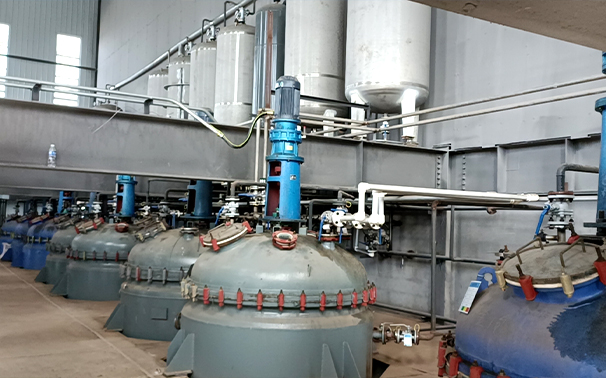water coagulation and flocculation
Coagulation and Flocculation in Water Treatment
Water treatment processes are critical for ensuring the safety and quality of drinking water. Among the various methods employed, coagulation and flocculation are essential steps that effectively remove suspended particles and pathogens from water. These processes rely on the addition of chemicals and natural coagulants to facilitate the removal of impurities.
Coagulation involves the addition of coagulants—substances that promote the aggregation of particles. Common coagulants include aluminum sulfate, ferric chloride, and various polymeric compounds. When these chemicals are added to water, they neutralize the electrostatic charges that stabilize suspended particles, allowing them to clump together or coagulate. This process transforms tiny, dispersed particles into larger aggregates, enhancing their removal in subsequent treatment stages.
Following coagulation, flocculation occurs. This step involves the gentle mixing of water to encourage the growth of larger aggregates, known as flocs. Flocculation can be enhanced by the use of flocculants, which are substances that further promote the bonding of smaller coagulated particles into larger, more easily removable flocs. Agitation during this phase is typically slow and careful to avoid breaking apart the formed flocs, which could lead to a reduction in treatment efficiency.
water coagulation and flocculation

The efficiency of coagulation and flocculation depends on several factors, including water pH, temperature, and the types of particles present in the water. For instance, the pH of the water can affect the charge of coagulants and the particle surfaces, influencing the overall effectiveness of the coagulation process. It is often essential to optimize these parameters for specific water sources to achieve optimal results.
Once flocs are formed, they can be removed through sedimentation or filtration. In sedimentation, the treated water is allowed to sit in a tank, where the heavier flocs settle to the bottom. The clear water above can then be collected and further treated. Alternatively, filtration can be used to physically remove the flocs from the water, often employing sand, gravel, or membrane systems.
Apart from its applications in drinking water treatment, coagulation and flocculation are also used in wastewater treatment and various industrial processes. The effectiveness of these methods makes them invaluable for ensuring clean water, promoting public health, and protecting the environment.
In conclusion, coagulation and flocculation are crucial processes in water treatment that play a significant role in safeguarding public health by removing harmful impurities and pathogens. Ongoing research and development in this field aim to enhance the efficiency and effectiveness of these processes, ensuring that clean and safe water is accessible to all. The future of coagulation and flocculation holds promise for better water quality, benefiting communities worldwide.
-
The Ultimate Guide to Flocculants: Transforming Water TreatmentNewsNov.01,2024
-
Improve Your Water Treatment Solutions with PolyacrylamideNewsNov.01,2024
-
Enhance Your Water TreatmentNewsNov.01,2024
-
Empower You to Achieve the Highest Standards of Water QualityNewsNov.01,2024
-
Effective Scale InhibitorsNewsNov.01,2024
-
Discover the Power of Poly Aluminum Chloride in Water TreatmentNewsNov.01,2024





